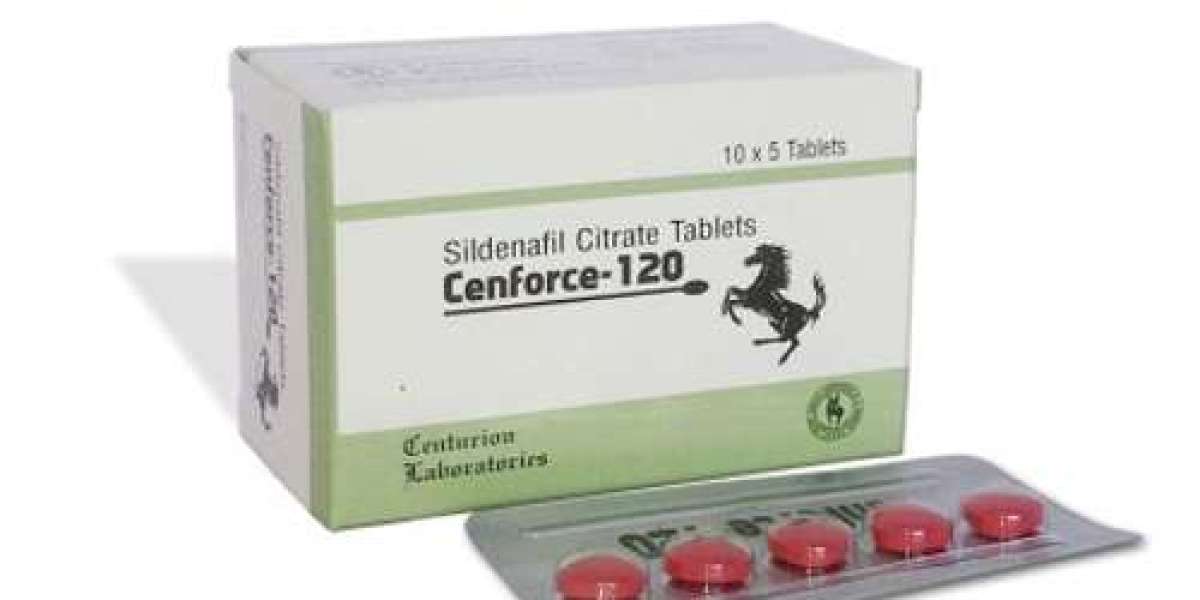ISO 45001 is the first international standard for occupational health and safety. It provides a framework to identify, control, and minimize the risks associated with work-related injuries and ill health. The standard is designed to help organizations improve their OH&S performance by providing a clear and structured approach to managing workplace risks.
Understand the Requirements of ISO 45001 and Undergo Training
The first step in auditing ISO 45001 certification is to understand the requirements of the standard. ISO 45001 is a comprehensive standard that covers all aspects of occupational health and safety management. As such, it can be daunting to try to audit all of the requirements at once. It is important to take the time to read through the standard and familiarize yourself with its requirements. Additionally, taking an ISO 45001 lead auditor training course would be helpful in understanding how to plan, conduct, and follow-up on an ISO 45001 audit. This certification course will also give candidates the proper credentials to conduct external audits of an organization’s OHSMS.
Develop an audit plan
Once you have a good understanding of the standard, you can begin developing your audit plan. Your audit plan should outline which parts of the standard you will be auditing and how you will go about doing so. It is important to be as detailed as possible in your audit plan so that you can ensure that you cover all of the relevant requirements.
Conduct your audit
After you have developed your audit plan, you can begin conducting your audit. During your audit, you will need to gather evidence to support your findings. This evidence can come in the form of documents, interviews, or observations. Once you have gathered all of the necessary evidence, you can begin writing your report.
Write your report
Once your audit is complete, you will need to write a report detailing your findings. Your report should include a summary of your findings as well as any recommendations for improvement. Once your report is complete, it should be submitted to the organization for review.
Follow up
After you have submitted your report, it is important to follow up with the organization to ensure that corrective action has been taken. This follow-up can be in the form of an interview or another visit to the organization.
Auditing ISO 45001 can be a complex and time-consuming process. However, by following these steps, you can ensure that you cover all of the relevant requirements.



